JTF (just the facts): Published in 2025 by Dark Entries Editions (here). Casebound hardback, 8 x 10 inches, 108 pages, with 57 color photographs. With texts by Peter Berlin, Brontez Purnell, Drew Daniel, and the artist. Design by Eloise Shir-Juen Leigh. (Cover and spread shots below.)
Comments/Context: California’s natural beauty has attracted generations of photographers. A selective history reads like a who’s who of the medium: Carleton Watkins, Eadweard Muybridge, Edward Weston, Ansel Adams, and Minor White, to name just a handful. For these pioneers and later practitioners, the diversity and magnitude of California’s ecology was nearly inexhaustible. Aim a camera in just about any direction and you could capture an unexplored mountain, river, wetland, desert, or ocean scape. And on occasion, if you stumbled upon just the right patch of woods at just the right time, you might observe two men getting it on.
If this last sighting seems more elusive than the others, join the club. I’ve wandered the California boonies for decades in all seasons and conditions, and I’ve never encountered or photographed any strangers having sex. Maybe I’m just doing it wrong? Is it like spotting rare birds or panning for gold? I can only speculate.
But never mind my experience. Apparently wild fornications are not uncommon. For visual proof, look no further than Daniel Case’s new monograph Outside Sex. Inside its nondescript grey cover—an homage to the XXX mags of old, brought home in a paper sack?—this modest hardback provides just what the title promises: photographs of men having intercourse in outdoor settings. Case visited an impressive range of locations in his home state, from the thick woods of Bay Area parks to the open grasslands of San Diego to the rugged bluffs of the North Coast, and more. Wherever he went, his photo gaydar led him reliably to blow jobs and anal.
Generally speaking, edenic wilderness and bare carnality might be considered two sides of the same sensual coin. But they have rarely been photographed together. Nature is usually considered a public asset, while sex is generally engaged in private. Open spaces foster solitude, while coitus is the acme of human connection. Or something like that. On rare occasions the two might combine briefly in, say, a picture by Jordan Baumgarten or Boris Mikhailov. After this thin lineage, Outside Sex ups the photo ante considerably.
Not only is Case aware of the sex/nature disparity. It is the unspoken subtext of his book. For the first several pages, Outside Sex reads as a straightforward study of settled vegetation. Pictures of overgrown trails and abandoned picnic sites recall John Gossage’s The Pond or Mark Ruwedel’s Rivers Run Through It. A cropped hand and body isolated through dense brush offers a first glimpse of humanity. A few pages later this initial premonition comes into sharper focus with a photo of two men topping each other in the distance. A hint of things to come.
Before long the salacious dam has burst wide open, with the brusque tenacity of a duct-taped anus. Gay male couples appear on page after page, in various iterations and positions: standing, kneeling, piggyback, doggystyle, solo, prone, and more. Some men are screened through unfocused branches. Many are photographed explicitly from close range. Little is left to the imagination, but it kicks in anyway as the human actors nearly become superfluous. A photo of a flattened patch of sand or an abandoned folding chair is enough to suggest explicit situations.
Just like that, Outside Sex has transformed in the reader’s mind. It turns out these bucolic outposts are actually cruising grounds. And their furtive spaces play host to men screwing one another. A photo of a bare tumescent log resembles a phallus. Foamy surf suggests a waxing libido. Outside sex indeed. Can any living creature function outside sex?
Funny you should ask. For Case and many other gay men, these fleeting outdoor encounters provide a vital sexual outlet. They are a quick offramp from the exhausting world of heteronormative structure and expectations. In adolescence they were an entry point to homosexual awakenings. Brontez Purnell’s introduction relates his youthful experiences with anonymous hookups. Outdoor engagements were “the secret club of daredevils,” he writes, “who yearn for that thing we dare not ask for in normative society, that is immediate intimacy with a perfect stranger.” Drew Daniel follows Purnell with his own rite of passage. A pubescent encounter in a Florida public toilet was a “gatecrash into adult experience.” Peter Berlin chimes in: “Best exercise for mind and body for men!” As for Case? “To my beautiful friends,” he writes, “and all the men who connect in that moment seeking freedom, touch, adventure and mystery. I love you.”
Are you feeling warm and fuzzy yet about outside sex? If so, the memories are working their charms. Clearly these men view their formative experiences with fondness. More importantly, their anecdotes smooth the way for a project which is openly voyeuristic and invasive. Case is, after all, spying on the private consummations of strangers, seemingly without permission. Framed in a slightly different context—perhaps a dirty old man aiming a telephoto lens at young lesbian couples? Or poking his camera through a glory hole to locker room nudity?—this project would be downright creepy. But that’s not the case here. Outside Sex feels celebratory, not depraved. What’s not to like about men carousing in the great wide open? Surely Minor White would be pleased. In a world where a park bench wink can lead to a bathroom quickie, perhaps giving attention to consenting couples isn’t so objectionable? I am not one to judge.
With apologies to Merry Alpern, Alvin Baltrop, and Stanley Stellar, an obvious reference point here is Kohei Yoshiyuki’s The Park. This 1970s project secretly surveilled clandestine trysts in Tokyo parks. Questions of privacy, consent, voyeurism, and social norms have swirled around the resulting photos ever since, fanned by regular reprintings of the photobook. The latest version was published in 2019 by Radius.
In broad strokes The Park is comparable to Outside Sex. Both books document strangers having sex in nature. But there are a few key differences. Most of Yoshiyuki’s subjects were cishet couples to match his black-and-white tonality. Shooting infrared film at night with a red filtered flash, they were nearly invisible to him during the act of shooting. It was only later that they were exposed, both literally and methodologically. Unlike Case’s photos, which never feature more than two partners, The Park was a freewheeling affair. Yoshiyuki captured sex acts along with multiple observers and bystanders in dynamic situations. A real underground scene, in other words, with a throbbing urban pulse.
If The Park was a rather dark verdict on scopophilia in a restrictive society, Outside Sex feels bright and airy in comparison. Maybe it’s the book’s blue skies and greenery? “Gay sex outdoors,” chirps Case, with a liberationist edge, “looking up to the sky, free from the bedrooms they told me about.”
There is another dimension, but it is more speculative. It’s possible that Case’s photographs were made with full agreement and consent from his subjects. He does not elaborate on his methods, so I can only guess. Many of the photographs are shot from close range, and from precise vantage points. They would be hard to make undetected. Are they voyeuristic? Yes. Invasive? Well, that depends.
In any case, Outside Sex explores new territory. Outside sex is not just performed under open skies. It is sex outside of cultural norms. Even if these photos were made outside, they busts down a few doors. Bedroom interiors beware. This is an unusual photobook on a subject which is more common than you might think.
Collector’s POV: Daniel Case does not appear to have consistent gallery representation at this time. Collectors interested in following up should likely connect directly with the artist via his website (linked in the sidebar).
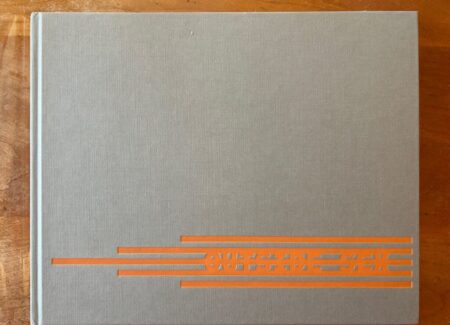

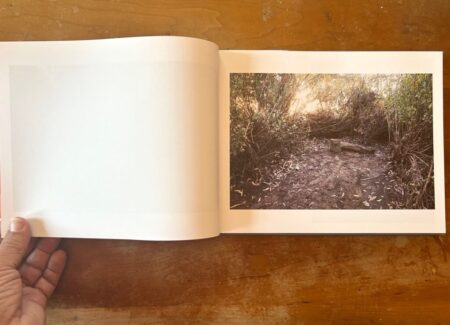
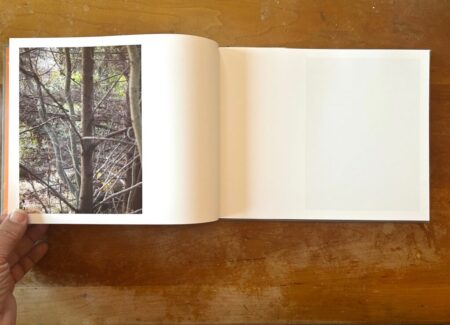
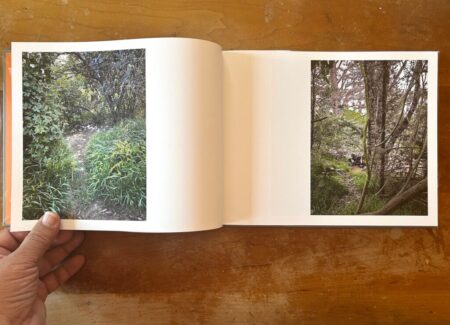
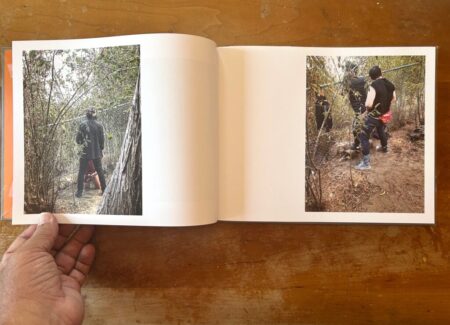
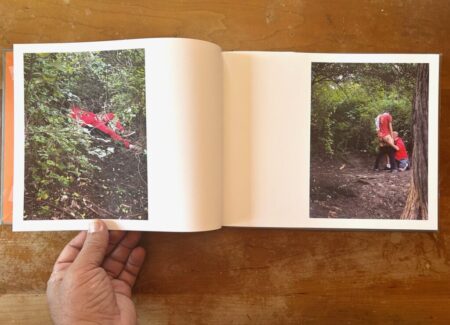
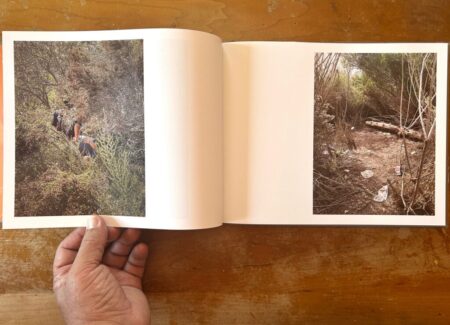
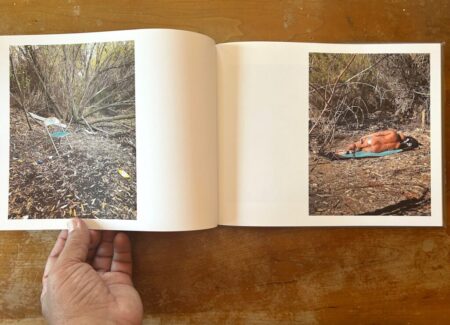
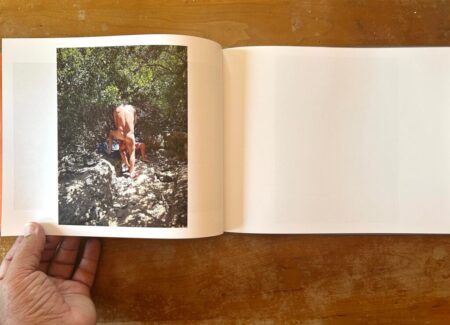
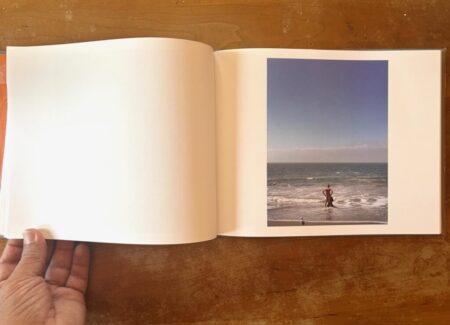
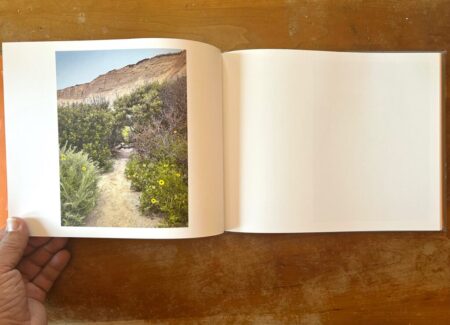
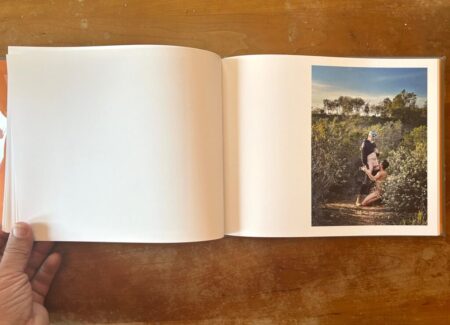

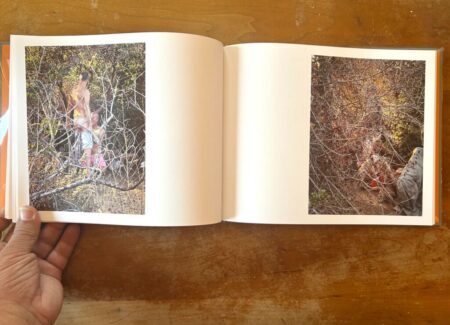
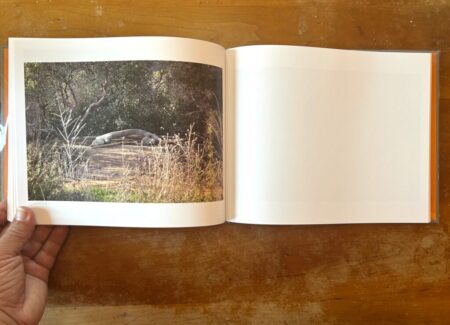
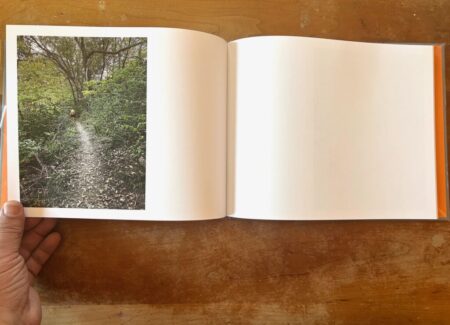
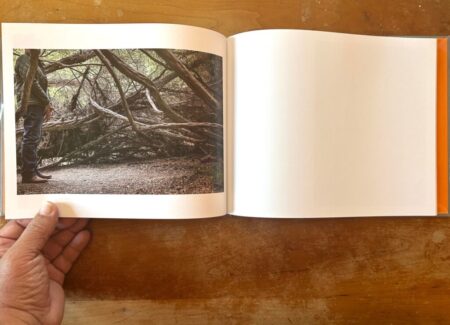
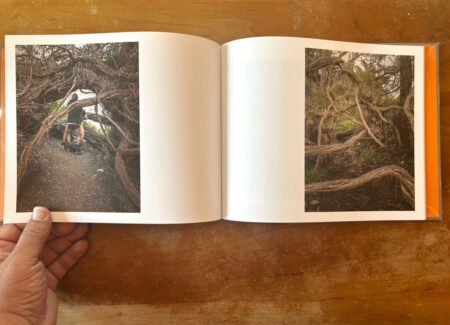
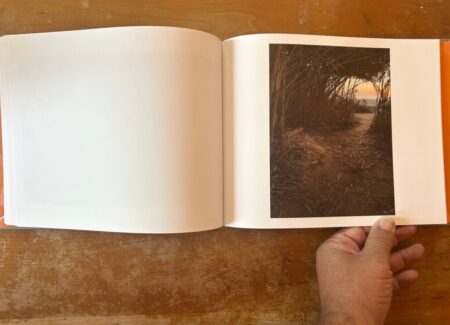
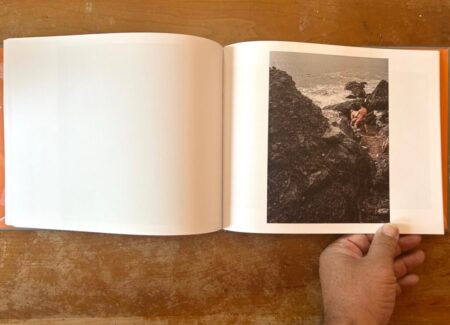
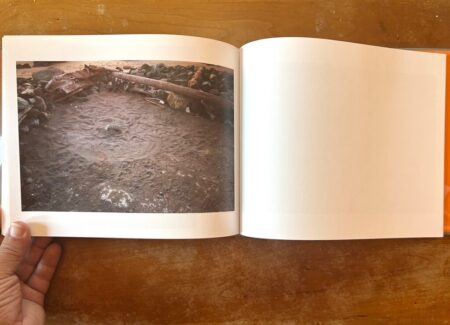
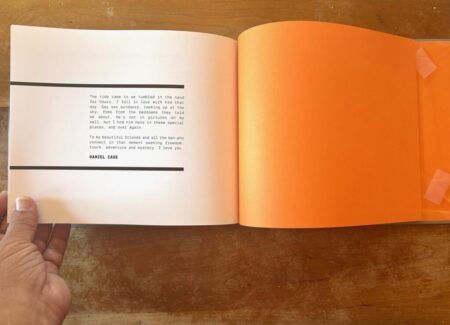




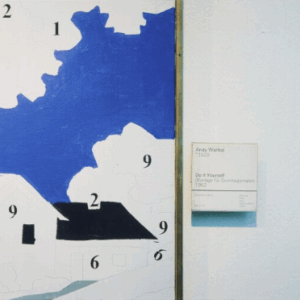
Thanks for the insights, Blake!